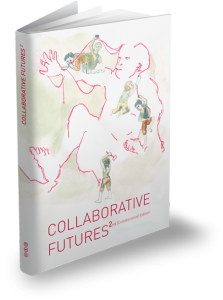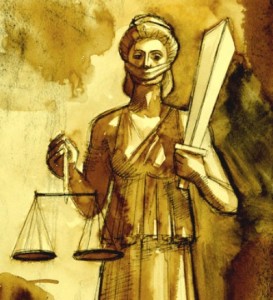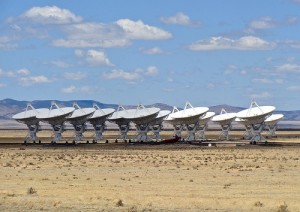June 12, 2011
Mobility Shifts: teaching & learning w/ video
 Michael Preston and I have co-authored a chapter— Teaching and Learning with Video Annotations —for the recently released anthology, Learning Through Digital Media: Experiments in Technology and Pedagogy. This chapter recapitulates the history of multimedia annotation projects at CCNMTL, focusing especially on the pedagogies and learning outcomes that have motivated much of my work at CCNMTL work over the years. We discuss curricular activities which have stimulated the development of our VITAL and MediaThread multimedia analysis environments.
Michael Preston and I have co-authored a chapter— Teaching and Learning with Video Annotations —for the recently released anthology, Learning Through Digital Media: Experiments in Technology and Pedagogy. This chapter recapitulates the history of multimedia annotation projects at CCNMTL, focusing especially on the pedagogies and learning outcomes that have motivated much of my work at CCNMTL work over the years. We discuss curricular activities which have stimulated the development of our VITAL and MediaThread multimedia analysis environments.
Learning Through Digital Media was edited by New School Professor Trebor Scholz in preparation for the upcoming Mobility Shifts: An International Future of Learning Summit (Call for Workshops: submissions due by July 1). The peer-reviewed book contains a series of practical applications of digital media to formal and informal learning situations, with a focus on teaching techniques across a range of services and tools. The “ambition of this collection is to discover how to use digital media for learning on campus and off. It offers a rich selection of methodologies, social practices, and hands-on assignments by leading educators who acknowledge the opportunities created by the confluence of mobile technologies, the World Wide Web, film, video games, TV, comics, and software while also acknowledging recurring challenges.”
Trebor throws a great conference. Mobility Shifts is part of a bi-annual conference series on Digital Politics. The conference topic ’09 was digital labor, and in ’13 it will be about digital activism. Trebor is truly a performance artist when it comes to organizing conferences. He works really hard to get people talking to each other before the conference starts, so that when people arrive they are already in the middle of a conversation. For the Internet as Playground and Factory he produced a series of short videos introducing participants to each other (mine is here). This year he published a peer-reviewed anthology, available in a variety of formats, including hardcopy, PDF, ebook, and web-based.
Learning Through Digital Media was published in March 2011 by the Institute of Distributed Creativity under a creative-commons license (CC-BY).
 Filed by jonah at 11:41 pm under epistemology,fire,freeculture,water
Filed by jonah at 11:41 pm under epistemology,fire,freeculture,water
No Comments


 1 Comment
1 Comment



 The
The  I recently learned about a fascinating trend in litigation that is quietly transforming courtroom testimony, and is spreading fast and far – video depositions.
I recently learned about a fascinating trend in litigation that is quietly transforming courtroom testimony, and is spreading fast and far – video depositions.
 Last week I attended the second half of the
Last week I attended the second half of the 